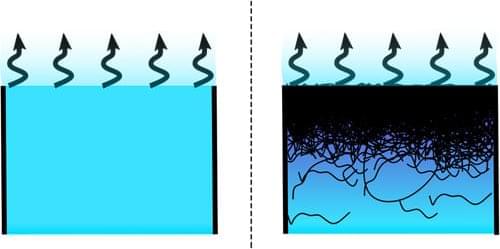Quantum entanglement is the most distinctive signature of quantum mechanics, says Juan R. Muñoz de Nova, a condensed-matter physicist at the Complutense University of Madrid. “It contradicts the intuitions we have on a daily basis,” he says. “That is why entanglement is so intrinsic to quantum mechanics.”
This phenomenon has been observed by researchers around the world, and the 2022 Nobel Prize in physics was awarded to three scientists for experimentally advancing our understanding of it. Scientists have detected quantum entanglement through experiments involving macroscopic diamonds and ultracold gases.
In September 2023, the ATLAS collaboration made another advancement when they unveiled the highest-energy measurement of quantum entanglement ever, using top quarks produced in the Large Hadron Collider at CERN. Interestingly, the measurement turned out a bit differently than expected.








